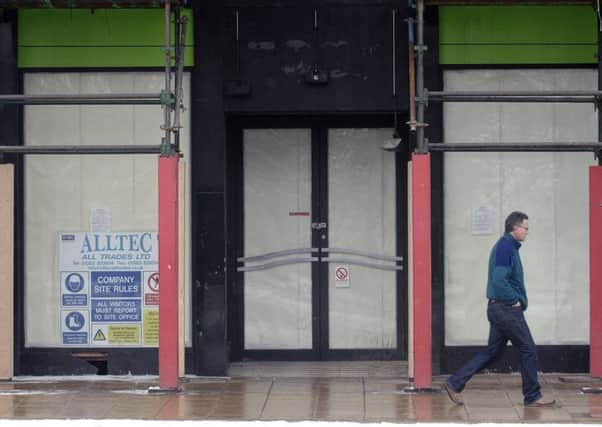David Lonsdale: High street revival starts with councils


An effective, efficient and properly funded local government is in the interests of households and businesses. Long term budgetary pressures coupled with constraints on the public purse are causing local authorities to think differently about how and which services they deliver, and how they deploy resources as efficiently as possible.
Maintaining public satisfaction with council services can be difficult alongside attempts to cut costs and reinvent the way they are provided. However, so far, according to the Scottish Household Survey, councils have risen to the challenge.
Advertisement
Hide AdAdvertisement
Hide AdTransformation is also underway in Scottish retail, leading to fewer but better jobs in the industry and a smaller store footprint. These changes will have profound implications for Scotland’s local councils, especially for employment prospects in communities more reliant on retail jobs, for the health of our town centres, and for tax revenue that councils rely on.
Newly-elected council administrations should ensure their policies and approach towards retail are supportive and effective. This is about more than backing Business Improvement Districts and acknowledging the impact council tax rises have on disposable incomes.
For example, town centres and high streets have a great deal to offer. But with one in 11 shops lying vacant, action is required to spur additional private sector investment and make it easier and less costly for retailers to expand their property footprint.
Many shopkeepers view the building standards system as a bugbear. Concerns include the length of time needed to secure consents to open new or refurbished shops, particularly in listed buildings, but also for things like putting in seats, toilets and signage.
Costly and restrictive car parking should be near the top of the in-tray too. If we are to see greater shopper footfall and more vibrant high streets then new thinking is urgently required, with parking made easier and more affordable. There are good example of councils taking a positive approach but this needs to become widespread.
Thanks to the 2015 Community Empowerment Act local councils have the power to reduce business rates in their areas. High business rates have become a heavy burden for many retailers and implementation of this new power could help. However, 18 months on, the policy risks being a flop due to lack of use. Only one area has so far benefited from a rates reduction, and widespread adoption is – for the moment – missing.
Building standards, parking, targeted rates relief. No one said running a local authority was glamorous. However, these changes could make a real difference to thousands of retailers and deliver vibrant town centres.
David Lonsdale is director of the Scottish Retail Consortium.